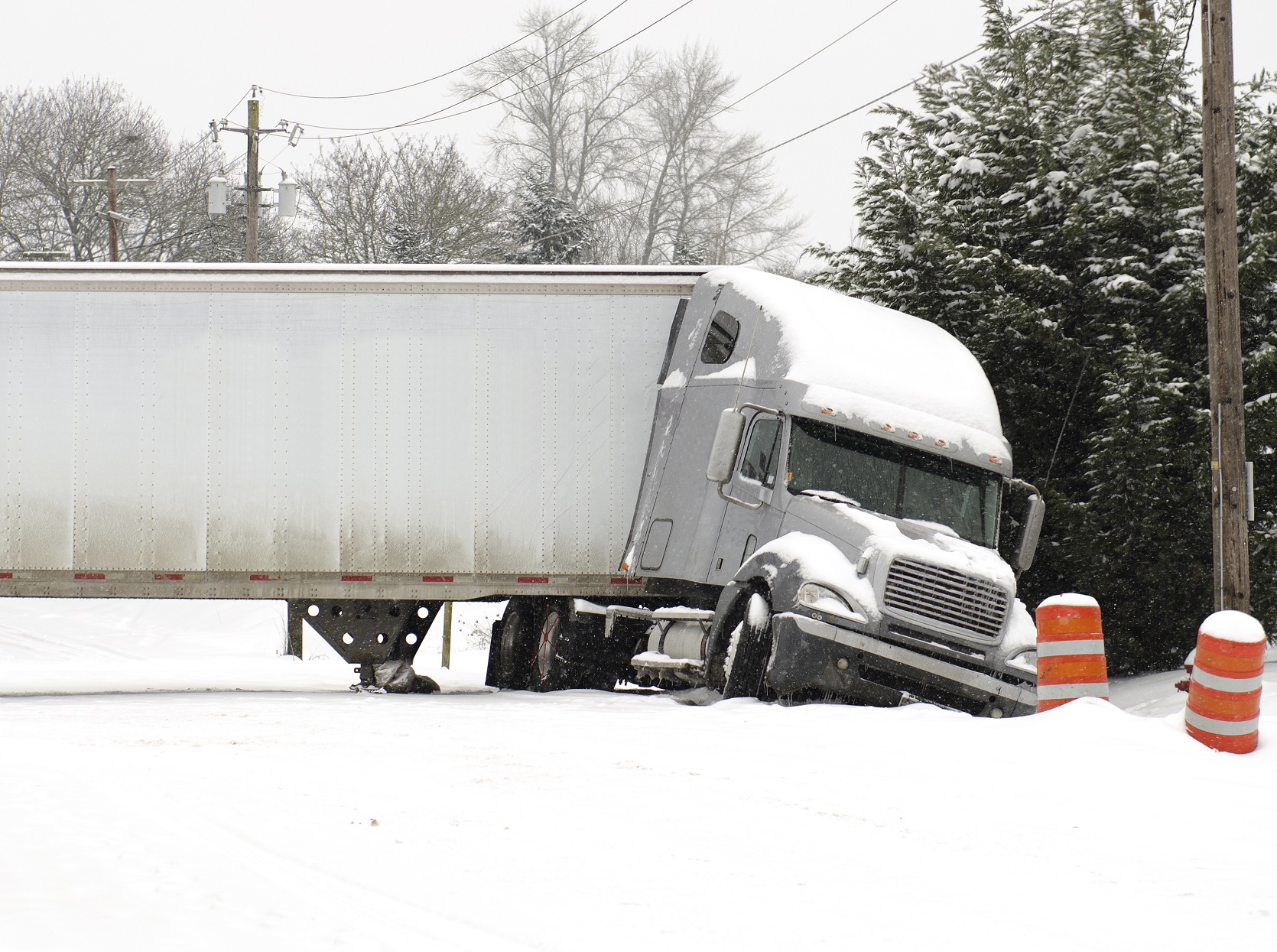Sharing the Road: What Truck Drivers Want You to Know
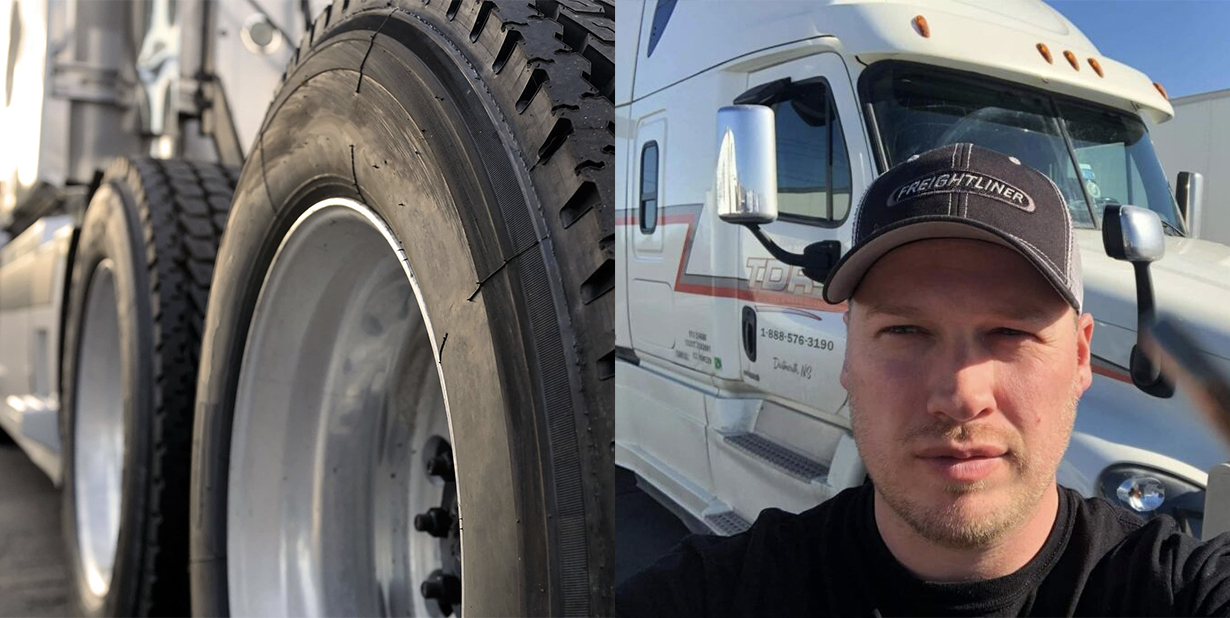
Highways and large roadways can be intimidating. With the speed, the congestion, and weather conditions, highways can even become dangerous.
But there’s something we often forget to include when discussing roadway dangers: large trucks and commercial vehicles.
Certainly, these vehicles are road-safe, and in most cases the drivers are well equipped for the job, however the problem lies within the coexistence of smaller, every-day vehicles.
Truck drivers are speaking out about how to share the road safely with these colossal vehicles. Maintaining a safe driving environment is crucial in reducing road accidents.
The Reality of Dangerous Consequences
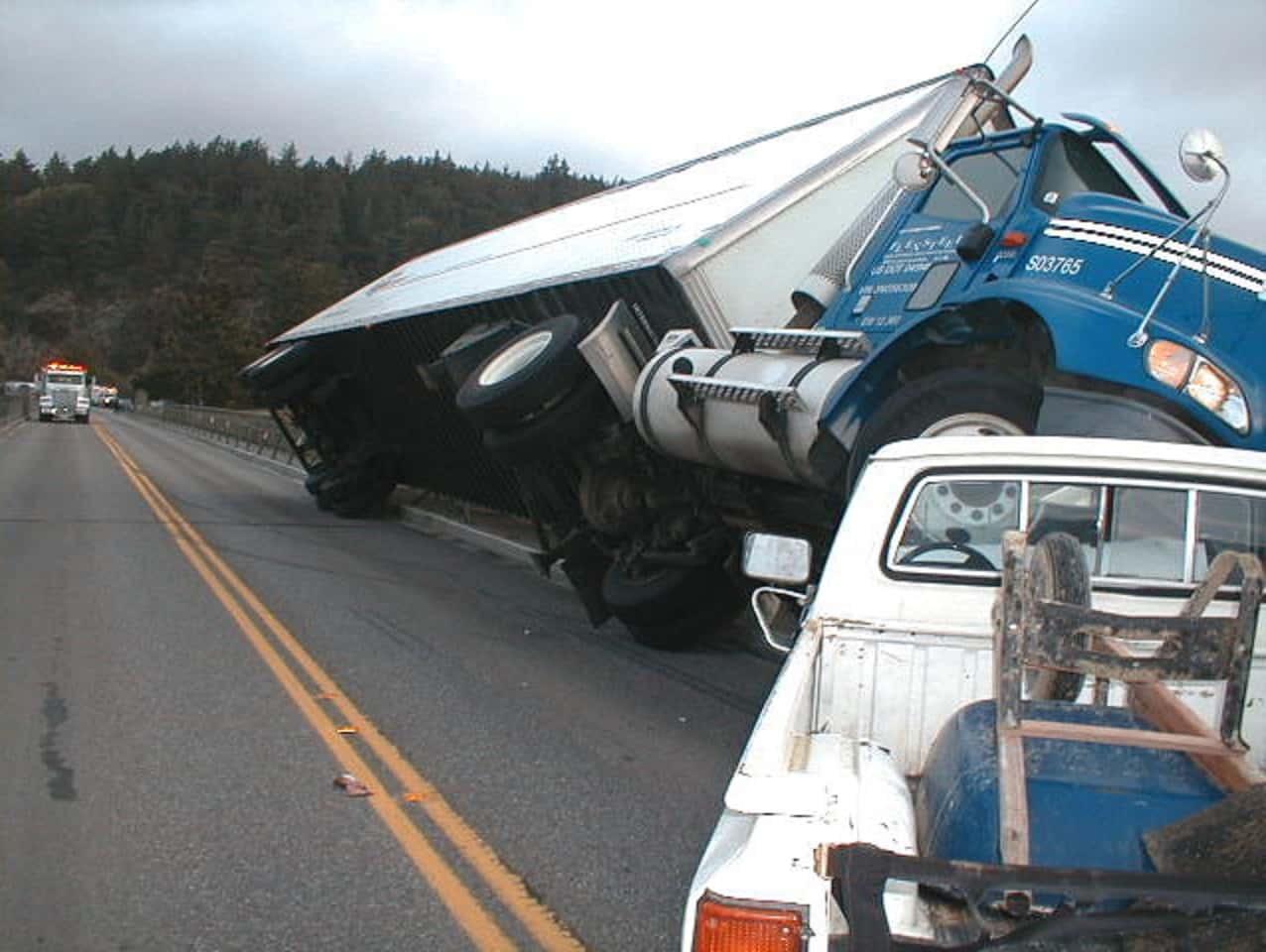 Flickr, Washington State Dept of Transportation
Flickr, Washington State Dept of Transportation
Semi-trucks are large and in charge. Not sharing the road safely with them can lead to devastating consequences. Due to their significant size and weight, accidents involving semi-trucks can be fatal.
In fact, 11% of all motor vehicle crash fatalities are a result of an accident involving a semi-truck.
Furthermore, according to the Federal Motor Carrier Safety Administration (FMCSA), in 2019 alone, there were over 4,000 fatal crashes involving semi-trucks in the United States.
Appropriate road sharing significantly reduces the risk of severe collisions.
The size difference between a large semi-truck and a smaller passenger vehicle means that often-times, in the event of an accident, the occupants of the smaller vehicle suffer most, accounting for 67% of fatalities in these occurrences.
The statistics are terrifying. Given this, a mutual understanding and respect for both the limitations and driving characteristics of semi-trucks are important for the safety of all drivers.
To give you a better understanding, here are 8 crucial mistakes that truck drivers wish every motorist would stop making.
Mistake: Driving in Their Blindspot
Blind spots are critical to any vehicle, but semi-trucks have extensive blind spots on all four sides of their vehicle. They refer to these as, “No Zones.”
They need drivers to be aware that if you cannot see the truck driver in the truck’s mirror, they most likely cannot see you either.
Avoid driving directly beside a semi-truck, too close in front or too close behind. This is crucial to avoiding catastrophic accidents.
Mistake: Following Too Closely
Riding on that last point, following too closely to a semi-truck is a dangerous act. It is imperative that you keep a safe distance both behind and in front of them.
Trucks require a longer distance to stop due to their larger size and weight.
Tailgating any vehicle significantly reduces your reaction time, but this also puts you in a semi-trucks blind spot.
Mistake: Abrupt Lane Changes
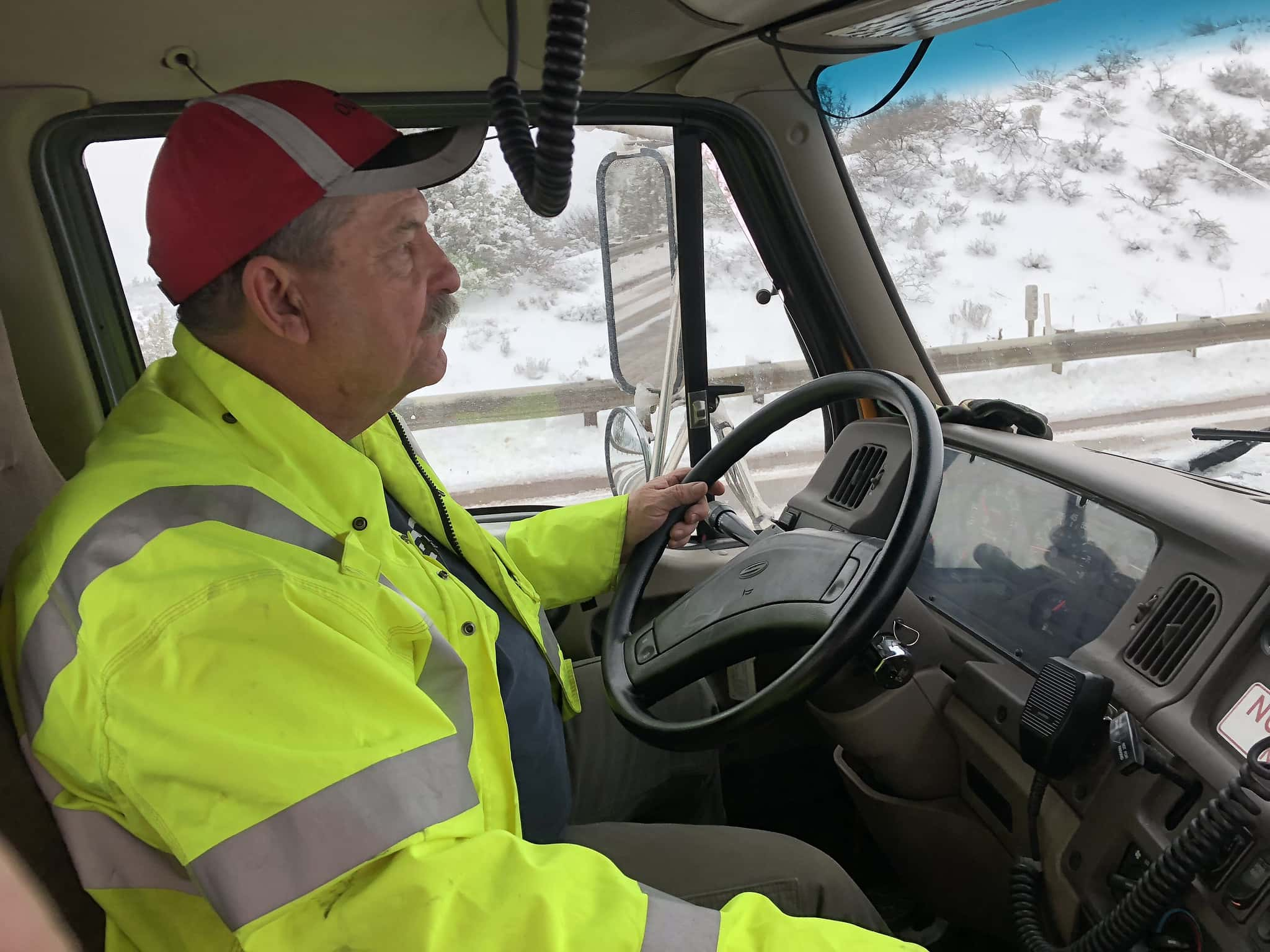 Flickr, Oregon Department of Transportation
Flickr, Oregon Department of Transportation
Quick and abrupt lane changes in front of semi-trucks can catch them by surprise and lead to instant consequences.
It is imperative that you signal your intentions well in advance and ensure that there is ample space before merging in front of a truck.
Truck drivers recommend giving at least one full car length of space for every 10mph you are traveling, to ensure safety for everyone around you.
Mistake: Not Giving Them Adequate Space
As previously mentioned, trucks need extra room—especially when making turns. Cutting in between the road and a turning truck, or trying to squeeze past them on the right, can result in a disastrous collision.
A truck cannot simply move over or correct a situation involving a passenger vehicle squeezing where they shouldn’t. Their size doesn’t allow for easy corrections. To avoid a difficult situation, stay back and allow them the time they need to finish the turn.
It’s vital to give trucks ample space at all times, both on and off the highway.
Mistake: Not Indicating Properly
Truck driver’s biggest complaint is drivers who fail to indicate their intentions. Being predictable on the road is of utmost importance when sharing the road with commercial vehicles.
In addition to using your indicators, being predictable also means maintaining a consistent speed and avoiding erratic maneuvers.
Truck drivers are better able to anticipate your movements and react accordingly when they can predict your moves. Using your indicators largely reduces the risk of accidents for all vehicles.
Mistake: Underestimating Weather Conditions
If you’ve ever seen the show Ice Road Truckers, you know how dangerous semi-trucks can be in bad weather conditions—specifically winter weather.
Adverse conditions like rain, snow, sleet or fog can greatly affect the handling of all vehicles—but the impact is more profound for trucks.
Truck drivers recommend increased following distances in bad weather to allow for difficulty stopping. Reduced visibility means blind spots become even more dangerous—so keep back, use your lights, and indicate.
Mistake: Pressuring Drivers
Driving these large vehicles is more challenging than you think. Truck drivers are pleading with other drivers to have compassion and understanding when sharing the road.
They often face long, demanding hours leading to increased fatigue.
You can assist by having patience and offering ample space and time that they need to maneuver the roadway safely—especially during late hours.
Recognize the Importance of Trucks
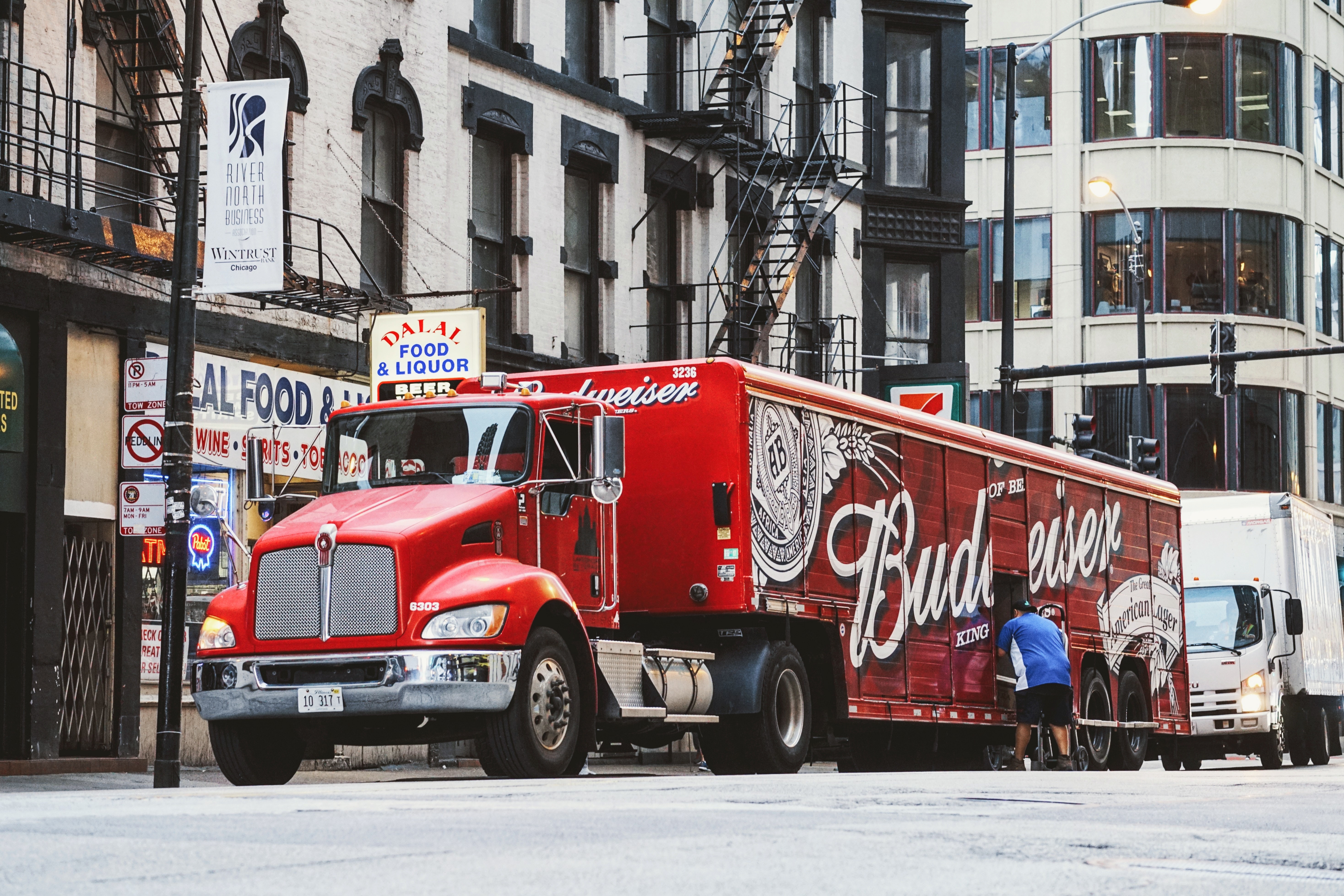 Maarten van den Heuvel, Pexels
Maarten van den Heuvel, Pexels
The importance of trucks lies within the economy, transporting goods across the continent. Without them, our essential needs would not be met. Grocery stores, restaurants, even fuel stations greatly depend on semi-trucks.
Understanding and acknowledging the challenges truck drivers face can provide mutual respect and a safer coexistence for all drivers on the road.
Final Thoughts
Safe driving is a shared responsibility. By practicing patience and applying these insights provided by truck drivers themselves, we can all contribute to a safer driving environment.






